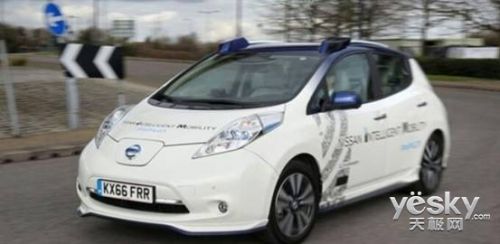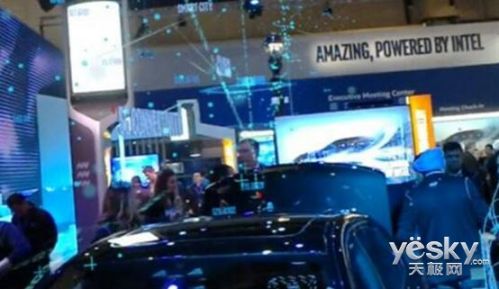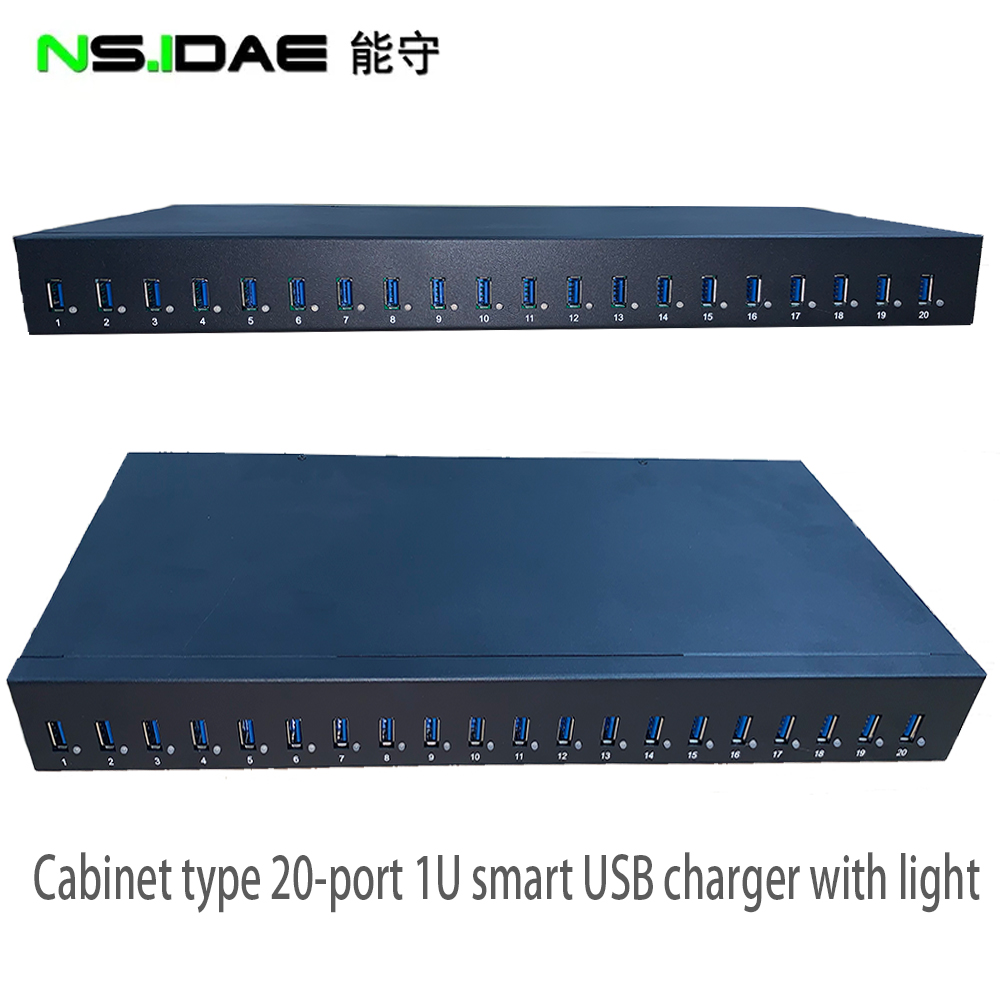Unmanned driving with 5G network will drive data value conversion
Today, unmanned projects are gaining momentum across the globe. Not long ago, the idea of driverless vehicles seemed like a distant dream, but Intel is making it a reality.

Image from the web
As autonomous technology advances, managing and utilizing the massive amounts of data generated by these vehicles has become more critical than ever. While much of the data is processed onboard, driverless cars also rely heavily on real-time communication between vehicles and the cloud. This means that the wireless network must be robust enough to handle continuous data transfer efficiently.
With millions of autonomous vehicles expected on the road in the future, today's 4G networks simply can't keep up. The demand for bandwidth, speed, and low latency will be immense. That’s where 5G comes in. Intel is at the forefront of this transformation, developing 5G solutions tailored for the automotive industry. These innovations ensure that driverless cars can operate smoothly, securely, and reliably.
5G offers ultra-low latency and high-speed connectivity, enabling seamless data exchange in real time. But what does this mean for drivers? Imagine a system that turns invisible data flows into visual insights. With technologies like Microsoft HoloLens, which works closely with Intel, drivers can see data traffic patterns, detect anomalies, and receive alerts instantly. For instance, if there's a sudden spike in data at a certain point on the road, the system can alert the driver and help identify the cause.

Use Microsoft HoloLens technology to see data traffic between cars and the cloud (pictures from the network)
When people ride in a driverless car, trust is essential. Visualizing data through intuitive interfaces helps build that confidence. In case of an emergency, the car can alert passengers in advance, giving them time to react. This transparency fosters a stronger connection between users and the autonomous system, making the experience more reassuring.
Intel’s first 5G-ready platform for the automotive sector, the Intel GO Smart Driving 5G vehicle communication platform, is designed to support early-stage development and testing of autonomous solutions. By offering a mobile 5G test environment, it acts as a powerful enabler for innovation in the field.
The shift to 5G is more than just a technological upgrade—it's a fundamental change in how vehicles communicate, compute, and interact with the cloud. Intel is pushing the boundaries of integration, working closely with leading industry partners to create a connected, intelligent, and scalable ecosystem.
In the realm of driverless technology, Intel is collaborating with telecom providers and automotive partners to develop in-vehicle 5G platforms. These efforts aim to secure the value of autonomous data while preparing for the next era of mobility. With 5G, the future of transportation is not just faster—it’s smarter, safer, and more connected.

USB Cabinet Charger,Multi USB Port Charger,Bluetooth headphone charger
shenzhen ns-idae technology co.,ltd , https://www.best-charger.com